
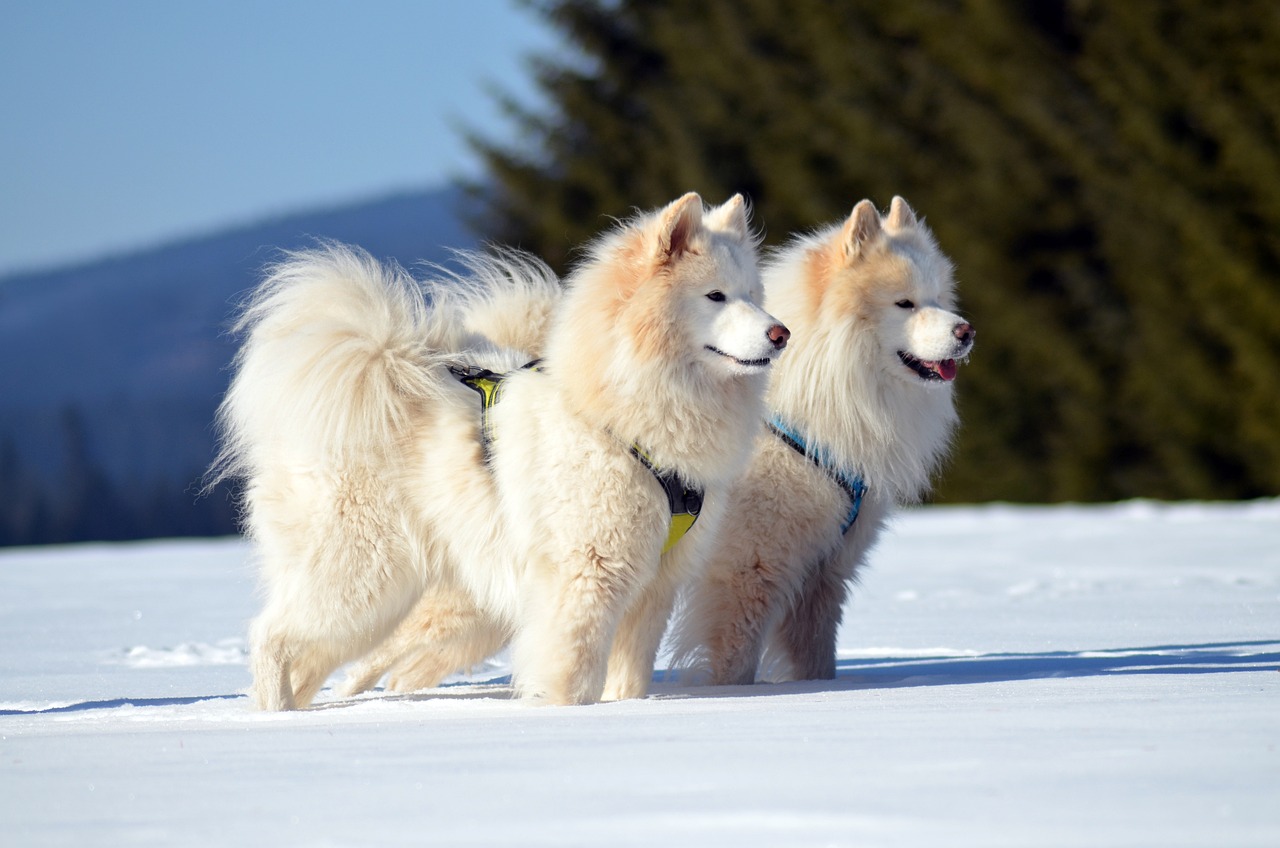
Some dogs naturally exude an air of nobility, with an elegance that could make you wonder if they’re secretly royal. From their poise to their regal appearance, certain breeds seem destined for the throne, turning heads wherever they go. Whether it’s their luxurious coats, dignified posture, or simply a “look” they give you, these dogs carry themselves as if they know they’re a cut above the rest. If you’ve ever wanted a pet that looks like it stepped out of a royal portrait, these majestic breeds might be for you.
Afghan Hound

The Afghan Hound is the epitome of elegance and grace, with its long, flowing coat and aristocratic demeanor. Originating from the mountains of Afghanistan, this breed was bred to hunt large prey, but it looks as if it’s always ready for a royal portrait. The Afghan Hound’s high-set head, almond-shaped eyes, and strikingly long coat make it one of the most glamorous breeds, exuding an aura of refinement that’s hard to ignore.
Irish Wolfhound

Known as the “gentle giant,” the Irish Wolfhound has a dignified presence that commands respect. With its towering stature and wiry coat, this breed appears both rugged and noble, like a wise elder of the dog kingdom. Originally bred for hunting wolves and elk, the Irish Wolfhound’s history as a protector and companion to nobility shines through. It may look intimidating, but it’s a gentle soul with a calm and noble demeanor that would make any royal court proud.
Great Dane

With its massive size and statuesque build, the Great Dane is often called the “Apollo of dogs.” Standing tall with a poised and muscular frame, this breed exudes power and elegance. Despite their imposing size, Great Danes are known for their friendly and affectionate nature, adding to their appeal as gentle giants. Their sleek coats and dignified expressions make them look like they belong in a palace, ready to guard the royal family.
Saluki

Salukis are often mistaken for Afghans, and with good reason—they both share that ethereal, graceful look. Known as the “royal dog of Egypt,” the Saluki was revered by ancient pharaohs and often depicted in Egyptian art. This breed’s sleek, athletic body and feathered ears give it a sophisticated, almost mystical appearance. Salukis carry themselves with a quiet elegance as if they know their royal heritage and fully intend to live up to it.
Borzoi

The Borzoi, also known as the Russian Wolfhound, has a refined, almost aristocratic appearance. With its slender body and long, flowing coat, the Borzoi has a graceful and elegant look reminiscent of Russian nobility. Originally bred for hunting wolves in the Russian wilderness, this breed combines power with grace, moving with a fluidity that adds to its royal air. A Borzoi lounging by the fireplace could easily be mistaken for a member of the Russian aristocracy.
Pekingese
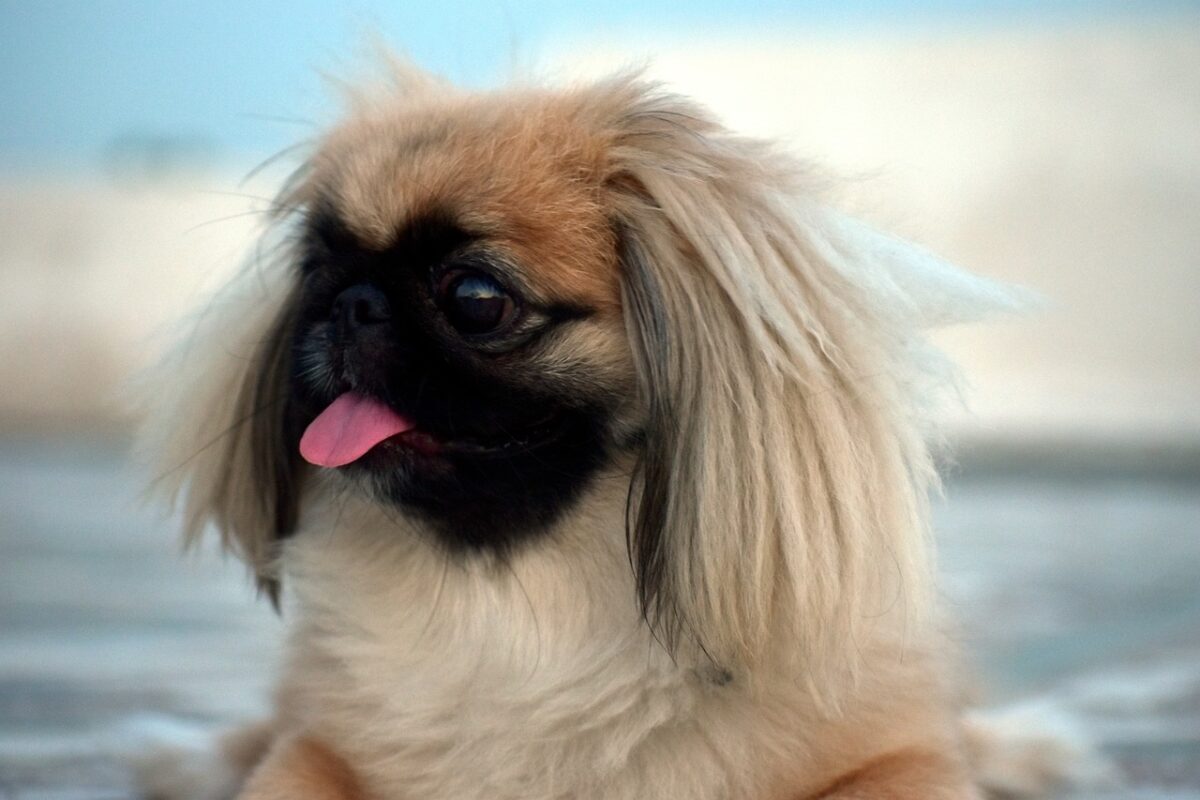
Small but mighty, the Pekingese has been a symbol of Chinese royalty for centuries. Chinese emperors often kept this breed, and it was even considered sacred. With its lion-like mane and proud, slightly aloof expression, the Pekingese has an undeniable air of royalty. Despite its small stature, this breed carries itself with the poise of a much larger dog, as if it knows it’s meant to be revered.
Akita

The Akita is a breed that combines strength with dignity. Originally from Japan, this breed was often kept by Japanese nobility and used for hunting large game. The Akita’s thick coat, upright ears, and confident stance give it a regal appearance that commands attention. Known for its loyalty and protective nature, the Akita has a quiet intensity makes it seem like it’s always watching over its kingdom.
English Mastiff

The English Mastiff is one of the largest dog breeds, and its presence cannot be ignored. With its massive size, muscular build, and calm demeanor, this breed has a quiet nobility. English Mastiffs have been companions of royalty for centuries, often used as guard dogs in ancient castles. Despite their imposing appearance, they are gentle giants, exuding a sense of loyalty and strength that’s truly regal.
Pharaoh Hound
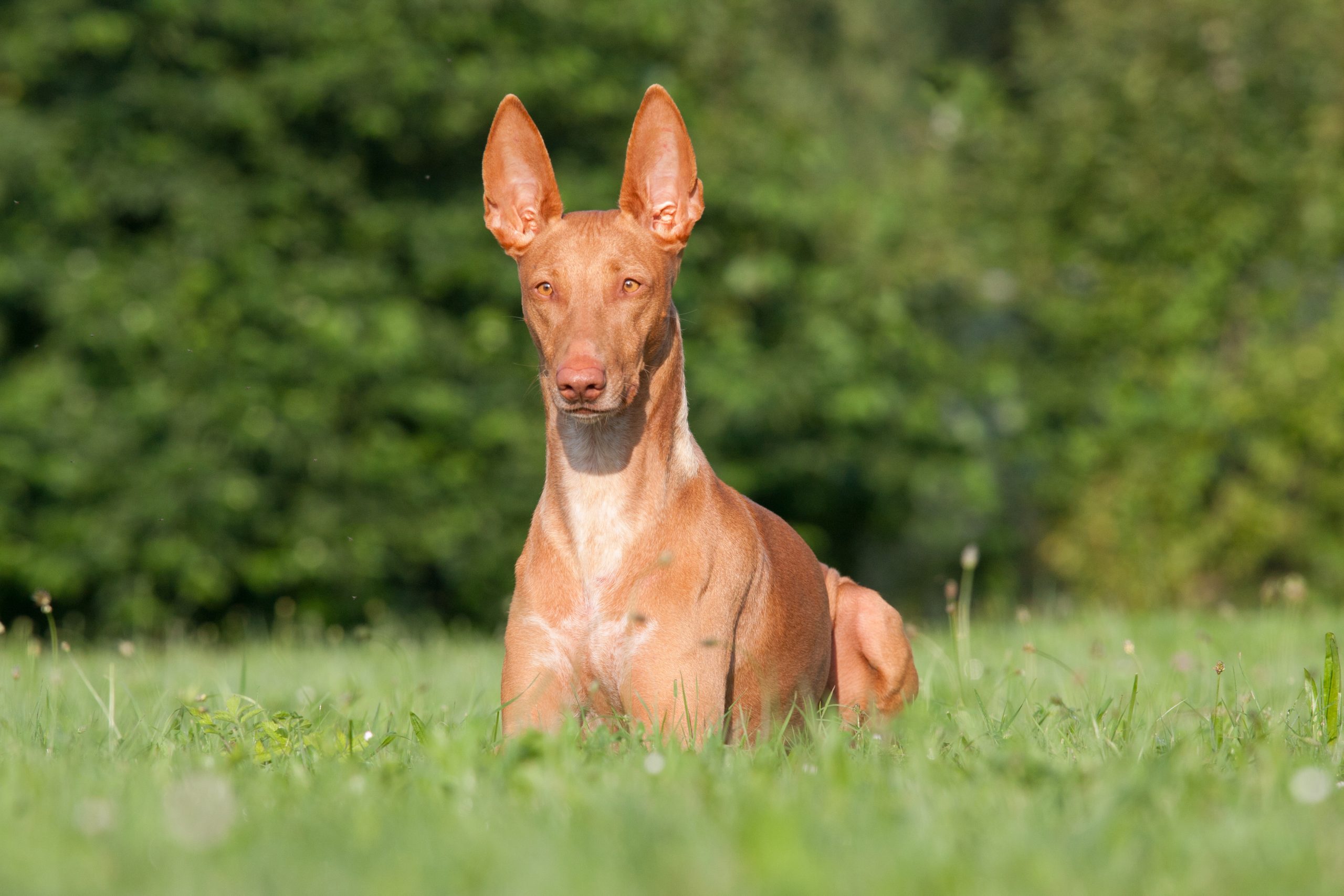
The Pharaoh Hound’s name alone suggests royalty, and its appearance certainly matches it. This breed’s sleek, athletic build, with its noble head and erect ears, gives it a look of ancient nobility. Often associated with ancient Egypt, Pharaoh Hounds have a unique ability to “blush,” with their ears and noses turning a rosy color when excited. This distinctive trait adds to their mystical and majestic appeal, as if they’re holding a piece of history.
Shih Tzu
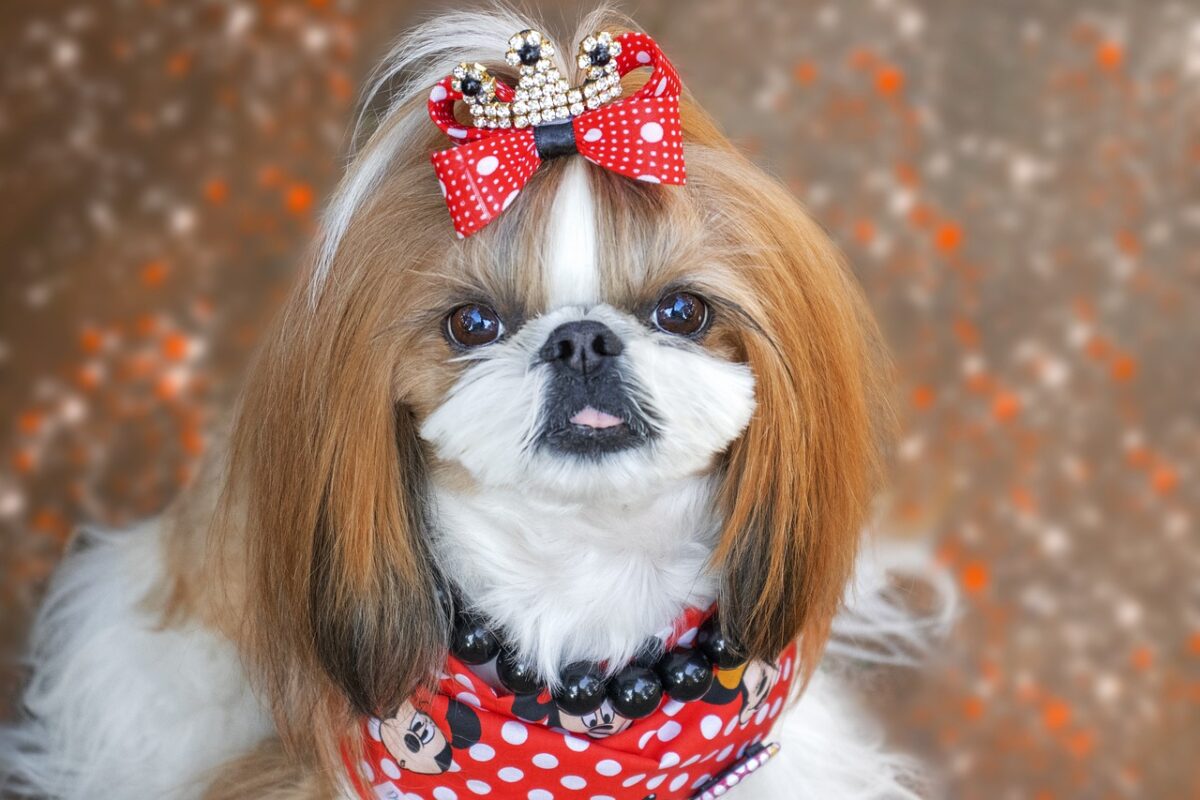
The Shih Tzu, often called the “lion dog,” has a long history as a companion of Chinese emperors. With its luxurious coat, small frame, and round, expressive eyes, this breed has a delicate beauty that exudes elegance. Shih Tzus were bred specifically as lap dogs for royalty, and they carry themselves with a gentle grace that makes them seem right at home in palaces and royal courts.
Weimaraner

The Weimaraner is sometimes called the “gray ghost” due to its sleek, silvery coat and elegant build. With its piercing blue or amber eyes and graceful stance, the Weimaraner has a noble appearance that’s both mysterious and alluring. Originally bred for hunting large game, this breed is athletic, intelligent, and loyal. Its unique coloring and refined posture give it an aristocratic charm that’s hard to ignore.
Cavalier King Charles Spaniel

Named after King Charles II of England, the Cavalier King Charles Spaniel has a long history as a royal companion. This breed’s soft, silky coat, expressive eyes, and gentle nature make it the ideal lap dog for nobility. Cavaliers have an affectionate, calm demeanor that’s both charming and regal, often curling up on a throne—or, in this case, a couch—looking every bit like a royal companion.
Samoyed

With their fluffy white coats and constant smiles, Samoyeds are like royal court jesters in fur coats. Originally from Siberia, Samoyeds were used by nomadic tribes to herd reindeer, pull sleds, and keep families warm. Despite their rugged history, Samoyeds are elegant, often sitting with dignity that belies their goofy, affectionate nature. Their pure white coats give them a majestic appearance as if they’ve come straight from the snow-covered halls of a winter palace.
Chow Chow

Chow Chows are known for their lion-like mane, blue-black tongues, and dignified demeanor. This breed has ancient origins in China, where it was kept as a guard dog for royalty. Chow Chows are independent, quiet, and reserved, often giving off an air of aloofness that can be mistaken for arrogance. With their majestic coats and serious expressions, Chow Chows look like they were born to rule.
Bernese Mountain Dog
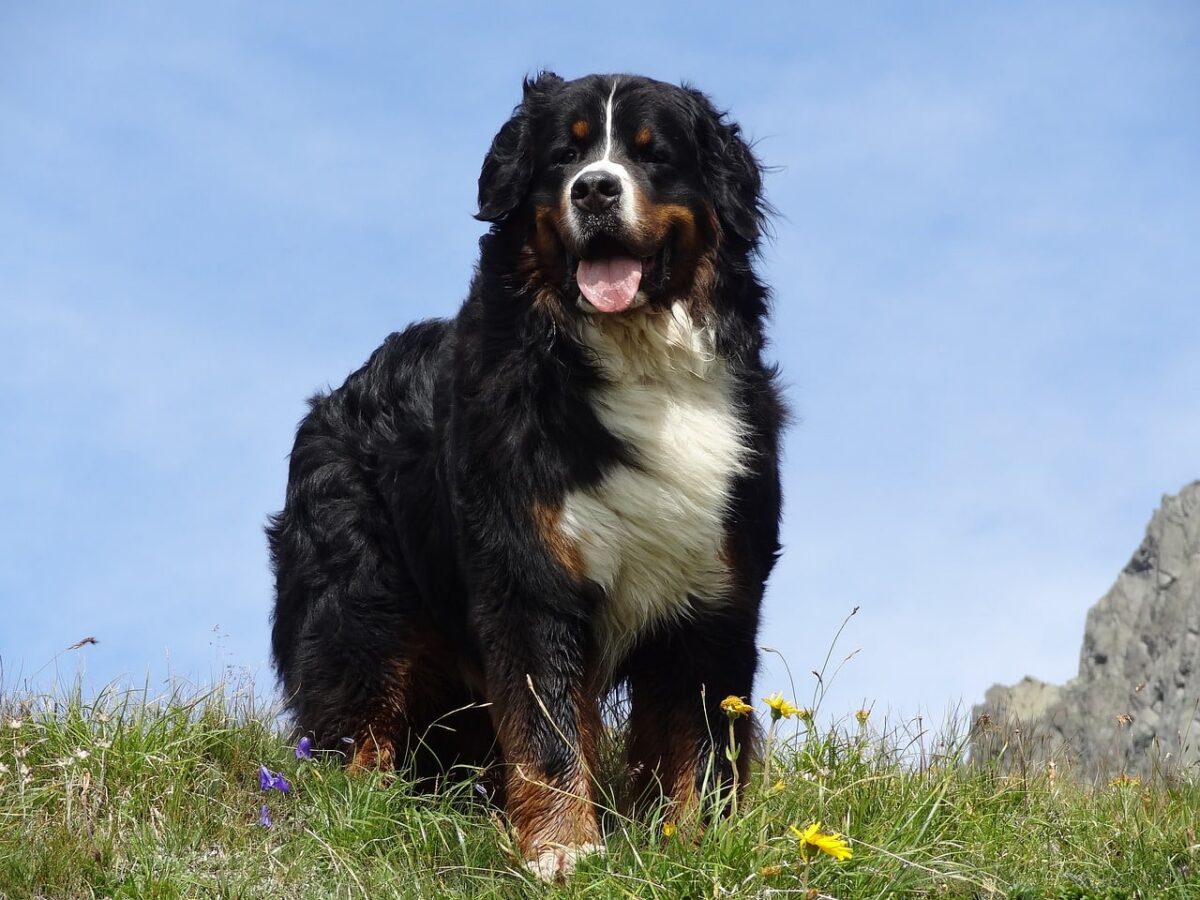
The Bernese Mountain Dog is a large, sturdy breed with a beautiful tricolor coat that gives it a noble appearance. Originally from the Swiss Alps, Bernese Mountain Dogs were used as working dogs, pulling carts and herding livestock. Despite their rugged history, these dogs have a gentle, loyal nature that makes them seem like noble protectors. Their calm demeanor and impressive size give them a regal quality as if they’re always ready to serve with dignity and grace.
Tibetan Mastiff

The Tibetan Mastiff is a breed that embodies strength and majesty. With its massive size, thick double coat, and lion-like mane, it has an imposing presence that’s hard to ignore. Tibetan monks originally used this breed to guard monasteries, and it has a calm, confident demeanor that commands respect. Tibetan Mastiffs are known for their loyalty and protective instincts, making them seem like noble guardians of their realm.
Dogs Born For The Throne

These dog breeds prove that some pups are born with a regal flair, bringing an unmistakable air of nobility wherever they go. From their dignified stances to their luxurious coats, these breeds effortlessly embody the essence of royalty. If you’re fortunate enough to have one of these noble dogs by your side, know that you’re not just a pet owner—you’re in the company of a furry aristocrat who’s likely convinced they belong on the throne (and maybe on the best spot on the couch, too).
The post 16 Dog Breeds That Totally Look Like Royalty appeared first on iHeartDogs.com.
